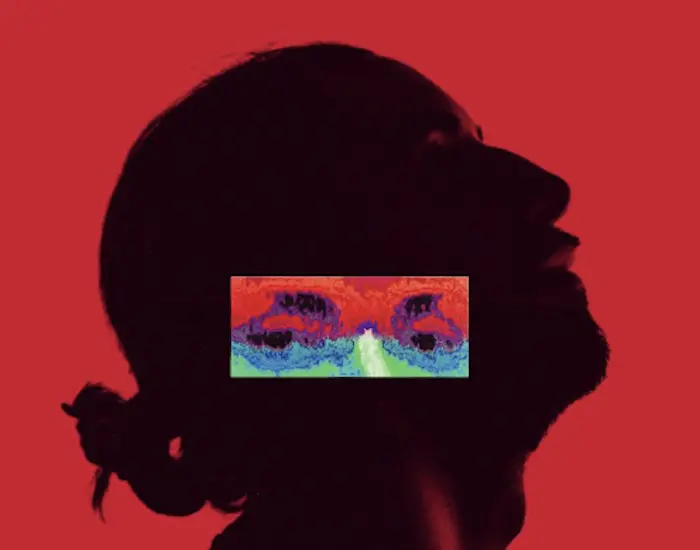Zaina rap is an emerging genre within the broader spectrum of hip-hop music. It combines the rhythmic and lyrical intensity of traditional rap with unique cultural influences. This genre is gaining attention in regions where mainstream rap has historically been less dominant. The appeal of Zaina rap lies in its ability to blend various musical traditions, delivering a sound that resonates with diverse audiences. Its growth is also fueled by the internet, which has allowed artists to reach global listeners without the need for major label support. This article explores the origins, characteristics, and future potential of Zaina rap, highlighting key artists and tracks that define the genre.
I. The Origins of Zaina Rap
Cultural Roots
Zaina rap originates from a blend of African and Middle Eastern musical traditions. It draws from the rich storytelling traditions of these cultures, infusing them with the beats and rhythms of modern rap. The genre’s name, “Zaina,” is derived from a term used in several African and Middle Eastern languages that signifies beauty or excellence. This reflects the genre’s emphasis on lyrical prowess and musical quality.
Early Influences
Early Zaina rap artists were heavily influenced by both local and international music. They listened to Western rap icons like Tupac Shakur and Nas, as well as traditional musicians from their own cultures. This fusion of influences gave rise to a unique sound that combines the best of both worlds. The beats often incorporate traditional instruments, while the lyrics reflect the struggles and triumphs of everyday life.
II. Key Characteristics of Zaina Rap
Lyrical Content
The lyrics in Zaina rap are often socially conscious, addressing issues such as poverty, inequality, and cultural identity. Many songs tell stories of personal struggle and resilience, making them relatable to a broad audience. The use of metaphors and allegory is common, adding depth to the lyrics.
Musical Style
Musically, Zaina rap is characterized by its use of traditional instruments alongside modern beats. Drums, flutes, and string instruments are often featured, giving the music a distinctive sound. The tempo can vary, but there is usually a strong emphasis on rhythm and flow. This creates a dynamic listening experience that keeps audiences engaged.
III. Prominent Artists in Zaina Rap
Amina
Amina is one of the most well-known artists in the Zaina rap scene. She rose to fame with her debut album, which combined traditional African rhythms with hard-hitting rap lyrics. Her music often explores themes of empowerment and self-discovery. Amina’s style is both introspective and bold, making her a standout figure in the genre.
Malik
Malik is another key figure in Zaina rap. His music blends Middle Eastern melodies with contemporary rap beats. Malik’s lyrics often focus on the challenges of living in a diaspora, touching on themes of identity and belonging. His unique sound has earned him a dedicated following both in his home country and abroad.
Zahir
Zahir is known for his innovative approach to Zaina rap. He experiments with different musical styles, incorporating elements of jazz, reggae, and even classical music into his tracks. Zahir’s lyrics are often poetic, exploring complex emotions and ideas. His ability to push the boundaries of the genre has made him a respected artist in the Zaina rap community.
IV. The Impact of Zaina Rap on Global Music
Cultural Exchange
Zaina rap has played a significant role in promoting cultural exchange between different regions. By blending African and Middle Eastern musical traditions with modern rap, the genre has introduced new sounds to global audiences. This has helped to break down cultural barriers and foster a greater understanding of different musical traditions.
Influence on Mainstream Rap
The influence of Zaina rap can be seen in mainstream rap music as well. Some of the genre’s signature sounds, such as the use of traditional instruments, have been adopted by mainstream artists. This has led to a more diverse and inclusive music scene, where different cultures and traditions are celebrated.
V. Challenges Facing Zaina Rap Artists
Limited Resources
One of the main challenges facing Zaina rap artists is the lack of resources. Many artists struggle to access recording studios, promotional opportunities, and other essential resources. This makes it difficult for them to reach a wider audience and gain recognition for their work.
Censorship and Social Pressure
Censorship and social pressure are also significant challenges. In some regions, Zaina rap artists face restrictions on their creative freedom. They may be pressured to avoid certain topics or to conform to cultural norms. This can limit the scope of their work and make it difficult for them to fully express themselves.
VI. The Future of Zaina Rap
Growing Popularity
Despite these challenges, the future of Zaina rap looks promising. The genre is gaining popularity, particularly among younger audiences who are drawn to its unique sound and socially conscious lyrics. As more artists emerge, Zaina rap is likely to continue evolving and expanding its reach.
Potential for Innovation
There is also significant potential for innovation within the genre. As artists experiment with different musical styles and themes, they are likely to push the boundaries of what Zaina rap can be. This will keep the genre fresh and relevant, attracting new listeners and inspiring future generations of artists.
See Also: Decoding the Art of Freestyle Rap: An Overview
VII. Conclusion
Zaina rap is a powerful and dynamic genre that blends traditional African and Middle Eastern music with modern rap. Its socially conscious lyrics and distinctive sound have earned it a growing following around the world. While Zaina rap artists face significant challenges, they continue to innovate and push the boundaries of the genre. As the genre continues to evolve, it has the potential to make a lasting impact on global music. The rise of Zaina rap is not just a trend, but a movement that reflects the diverse and interconnected world we live in today.

